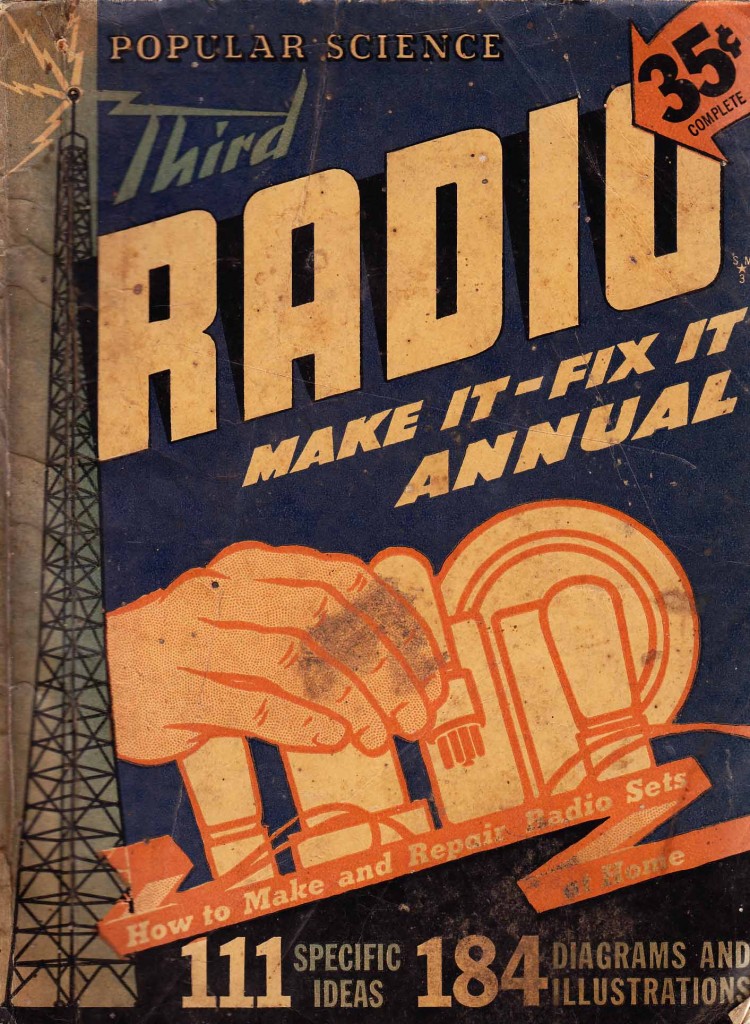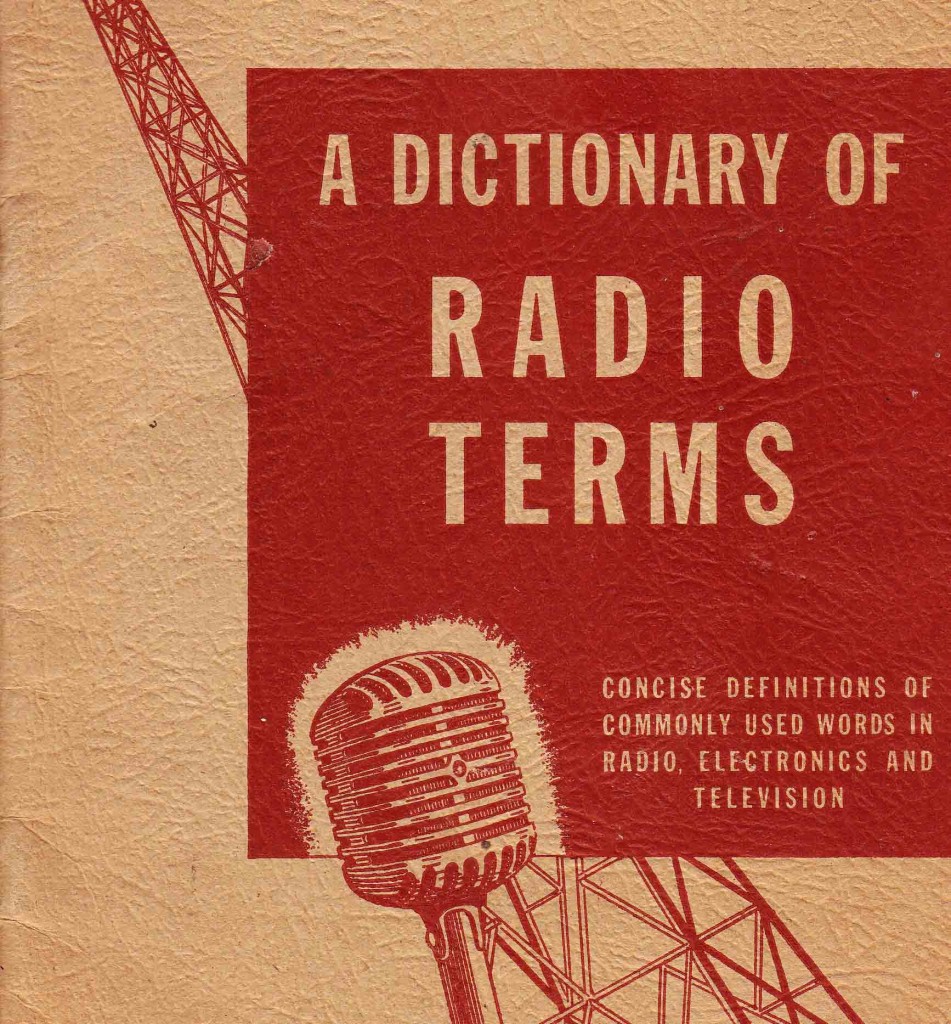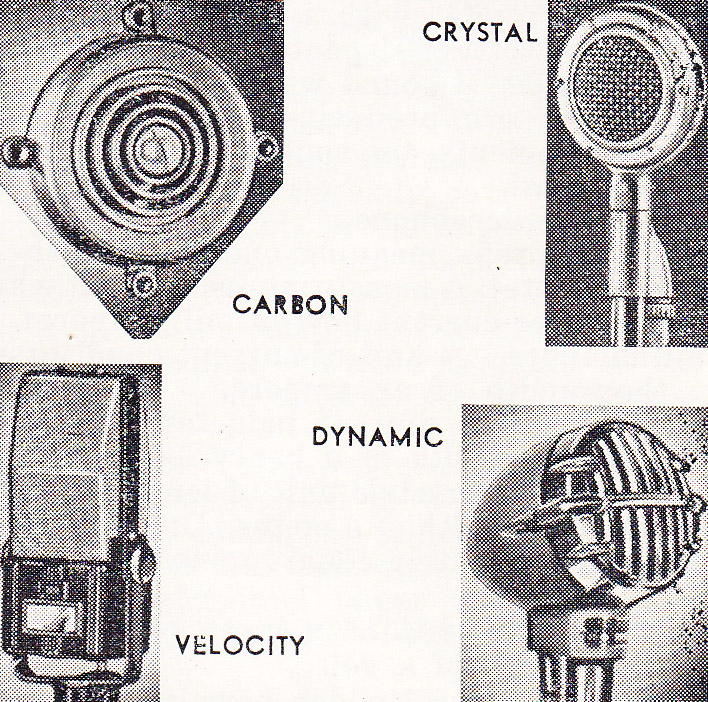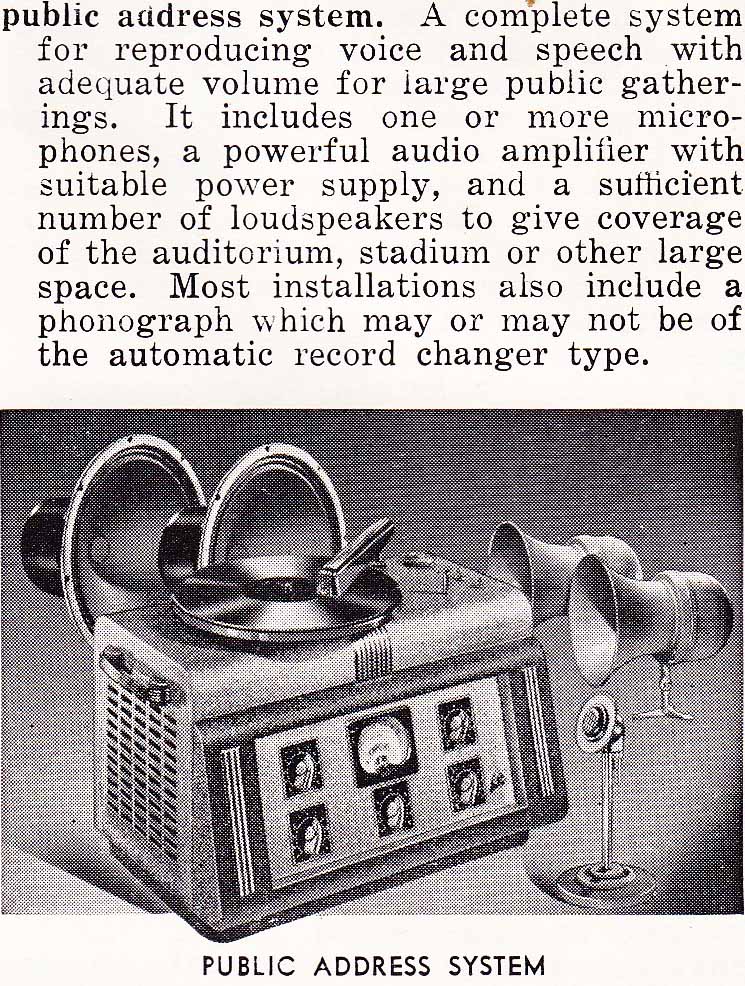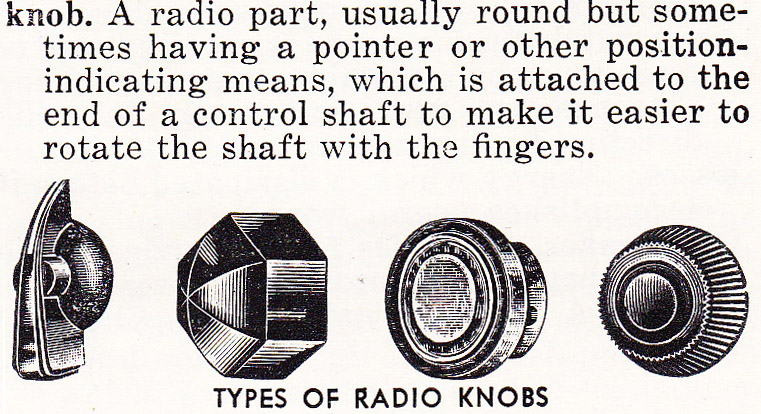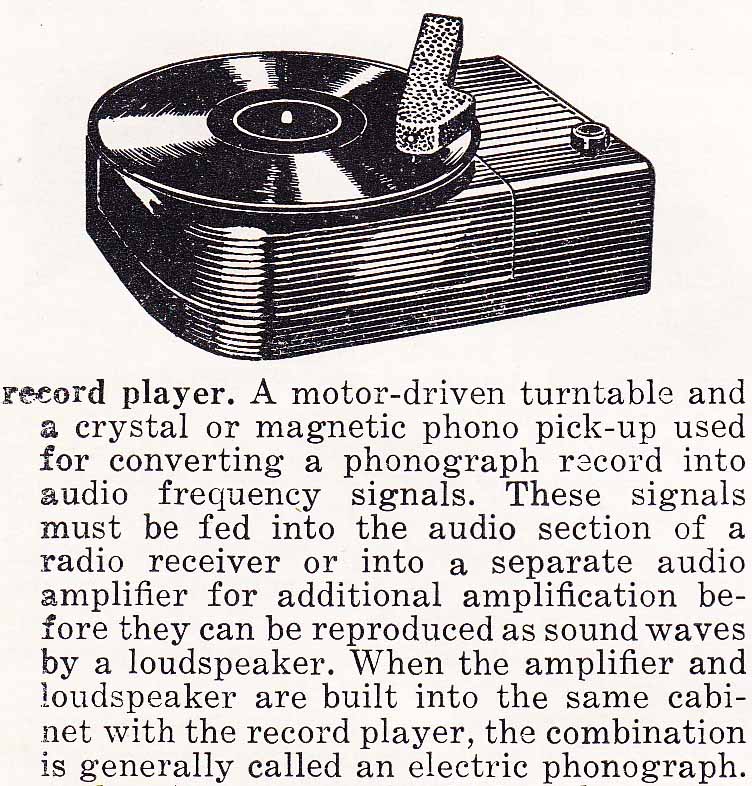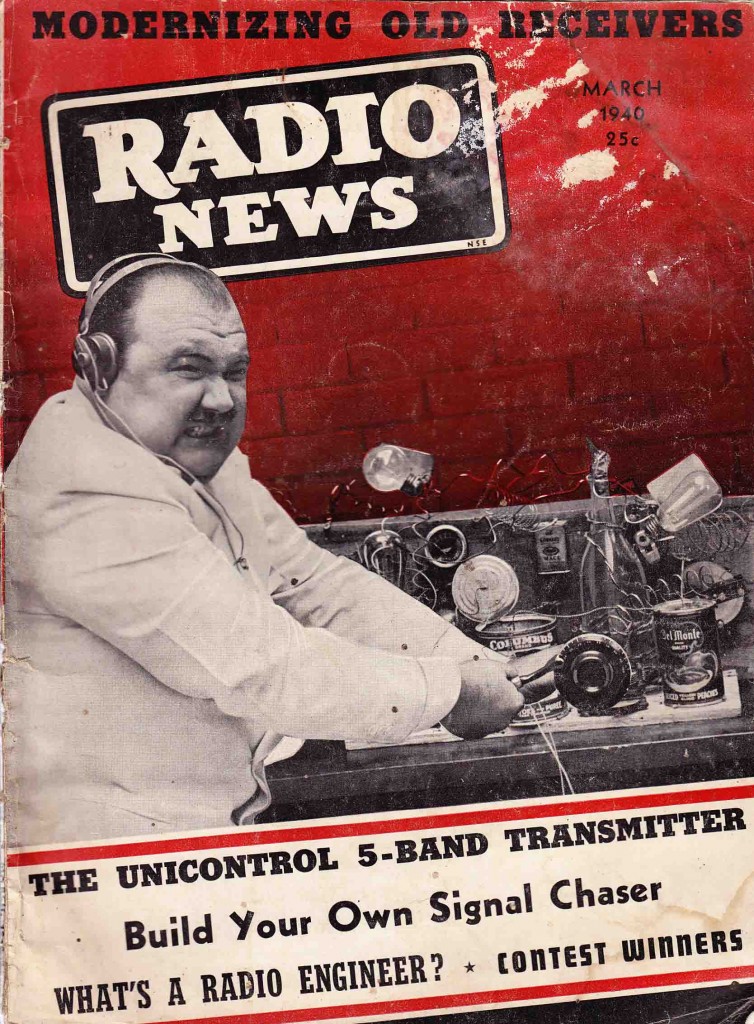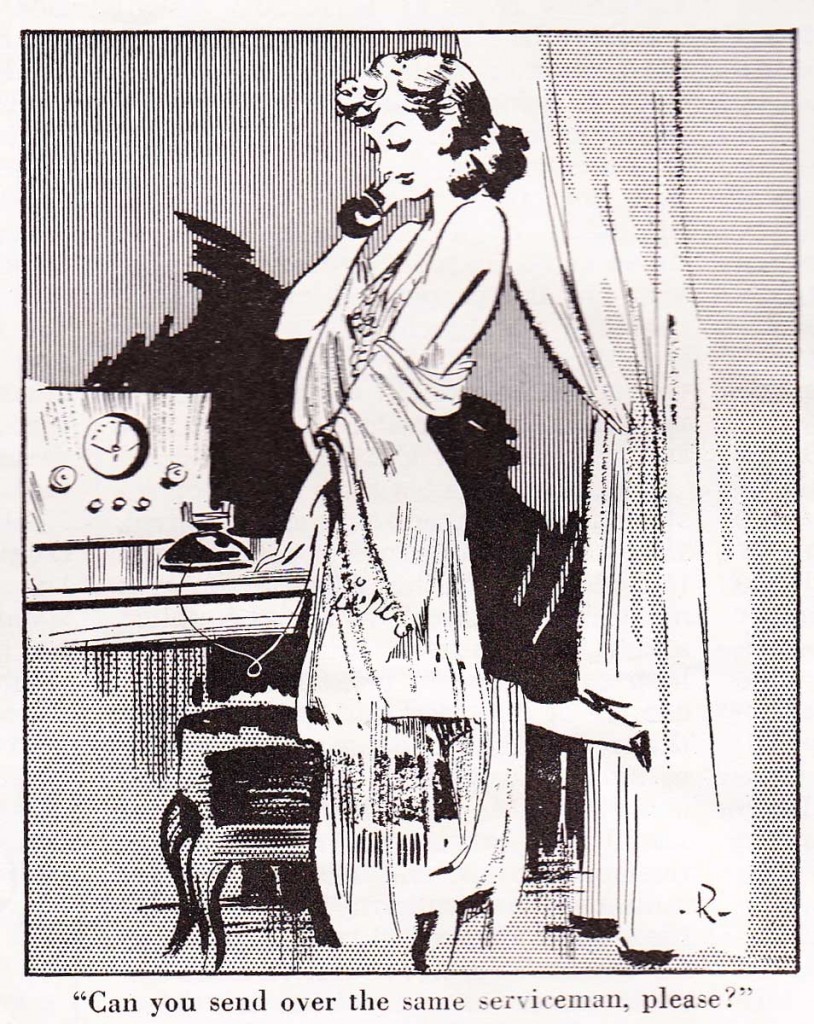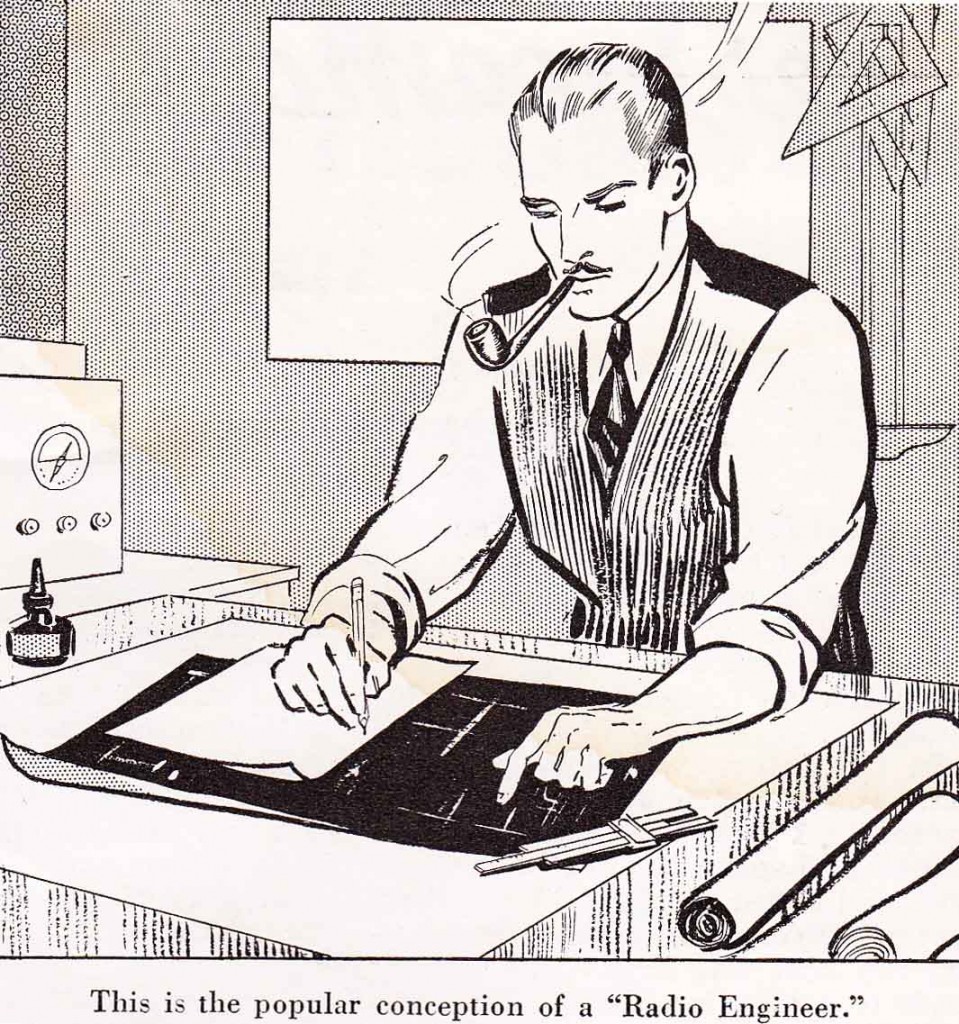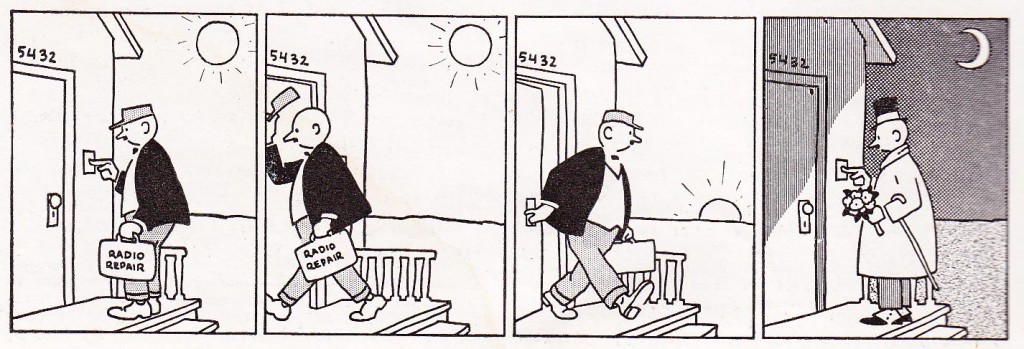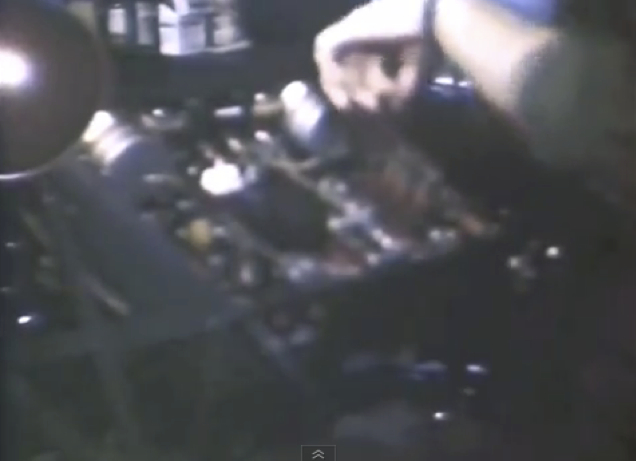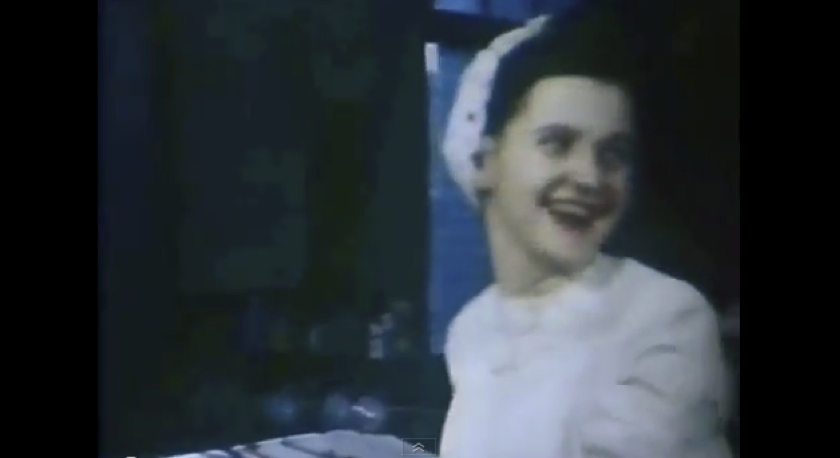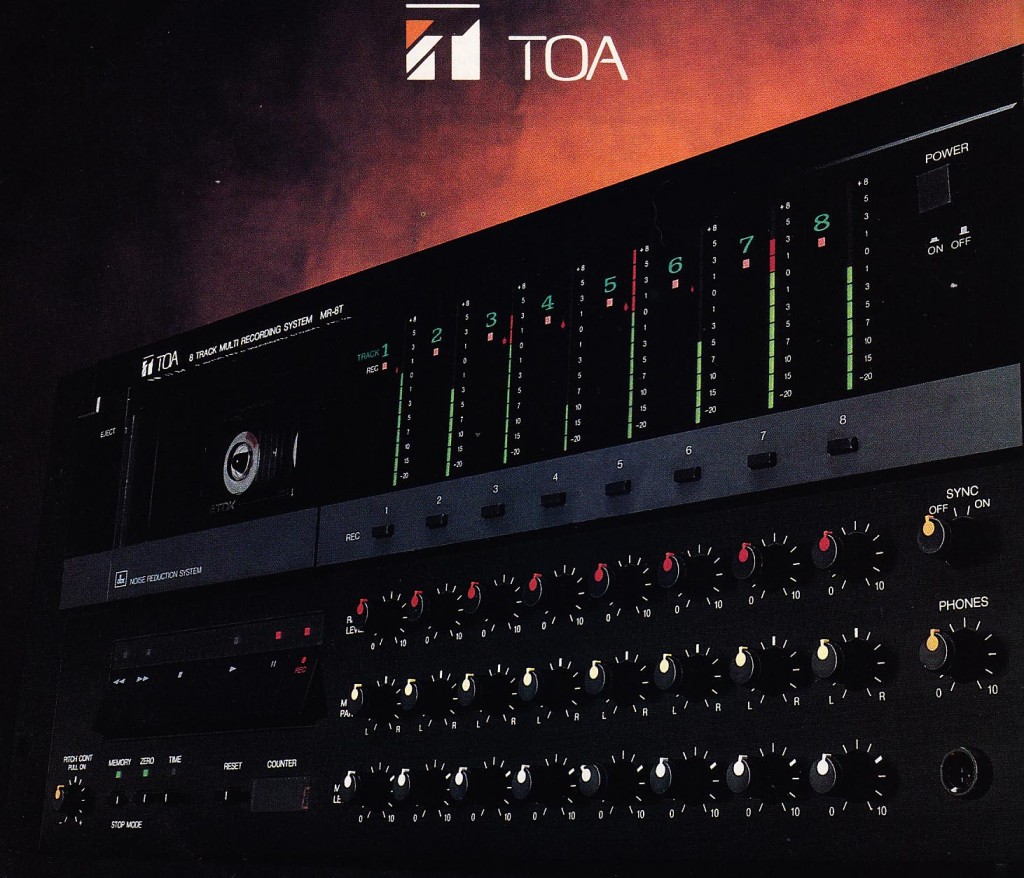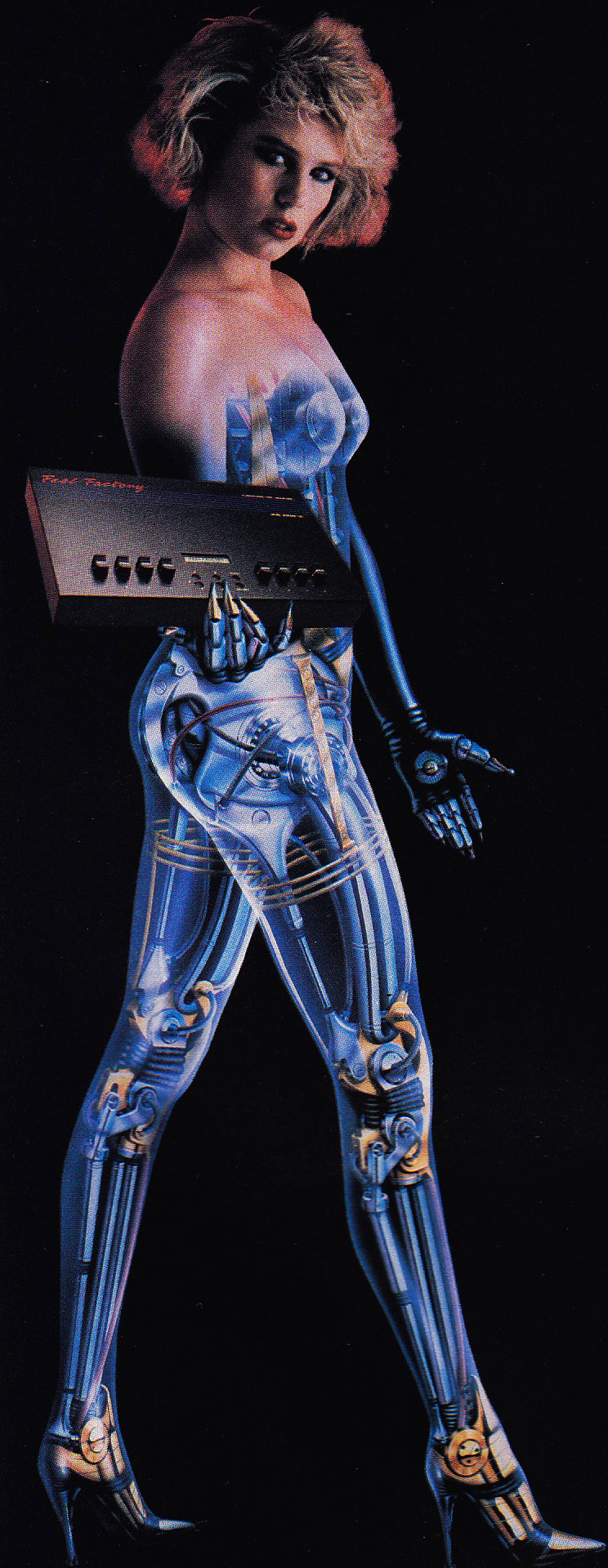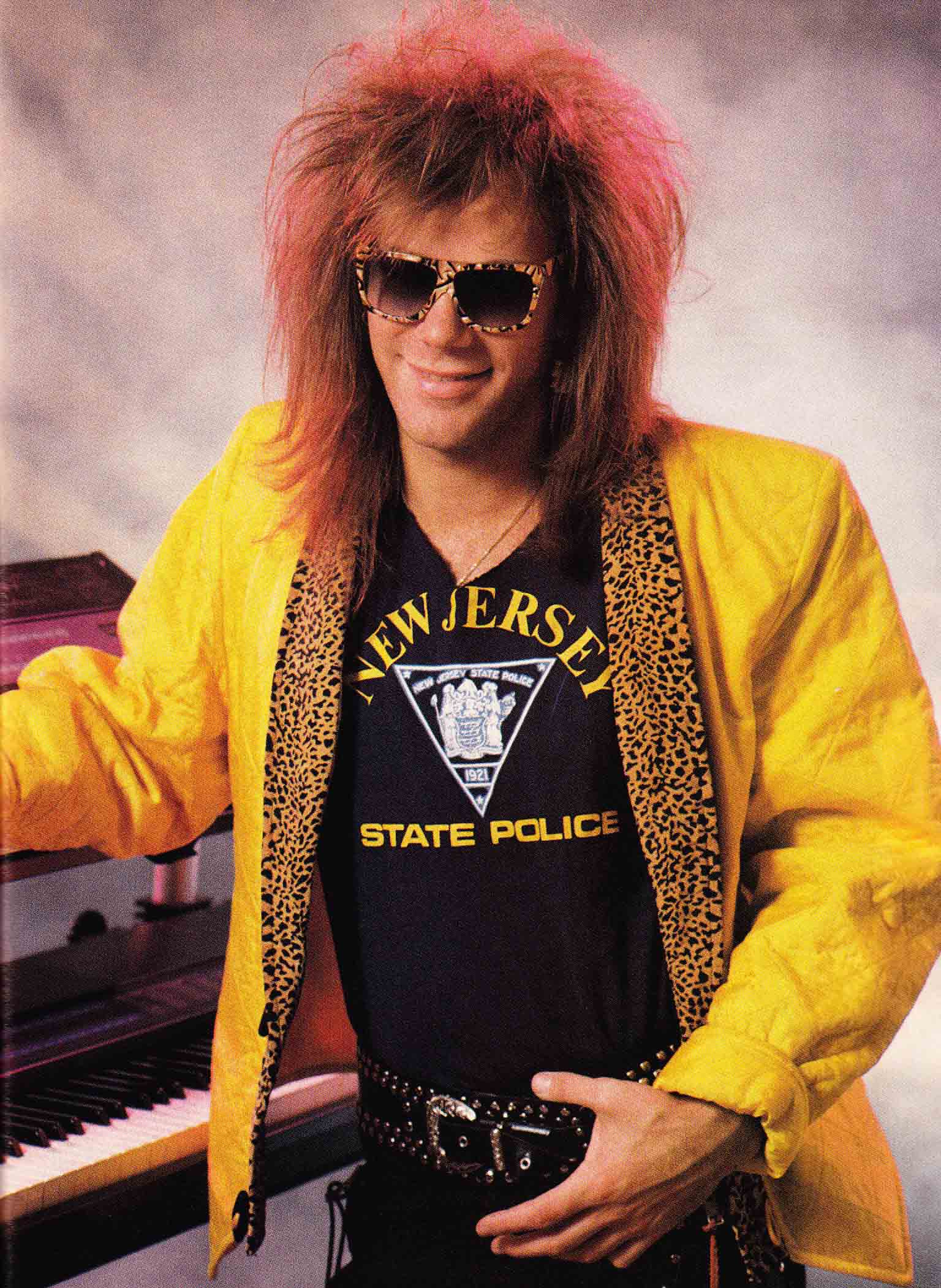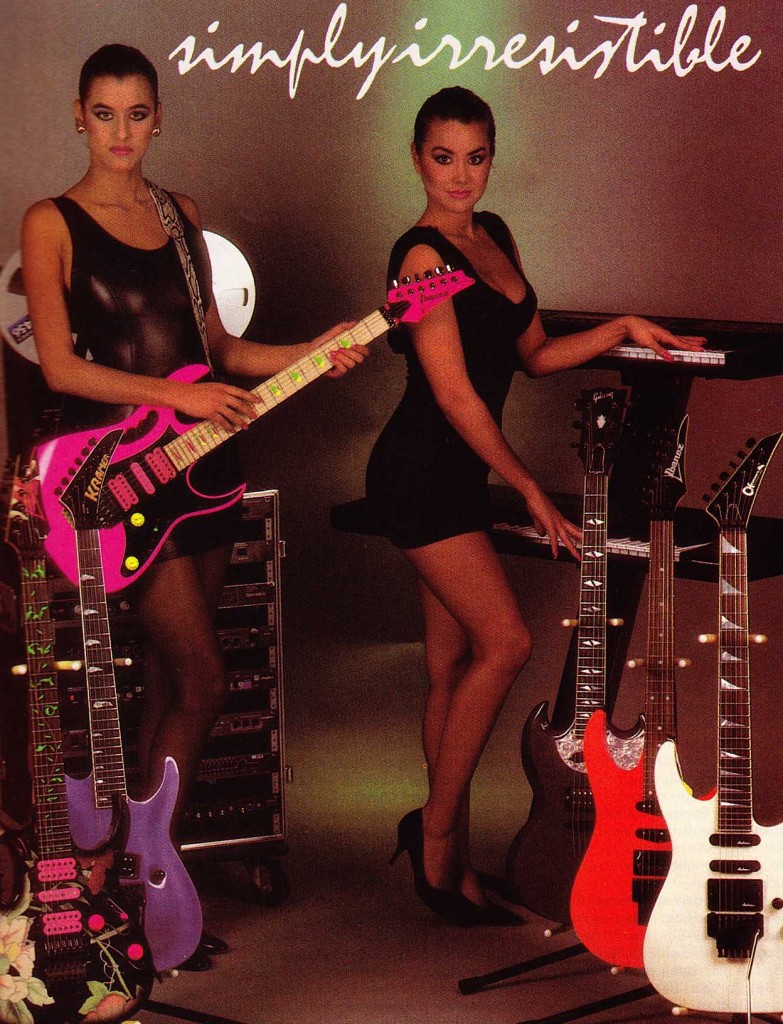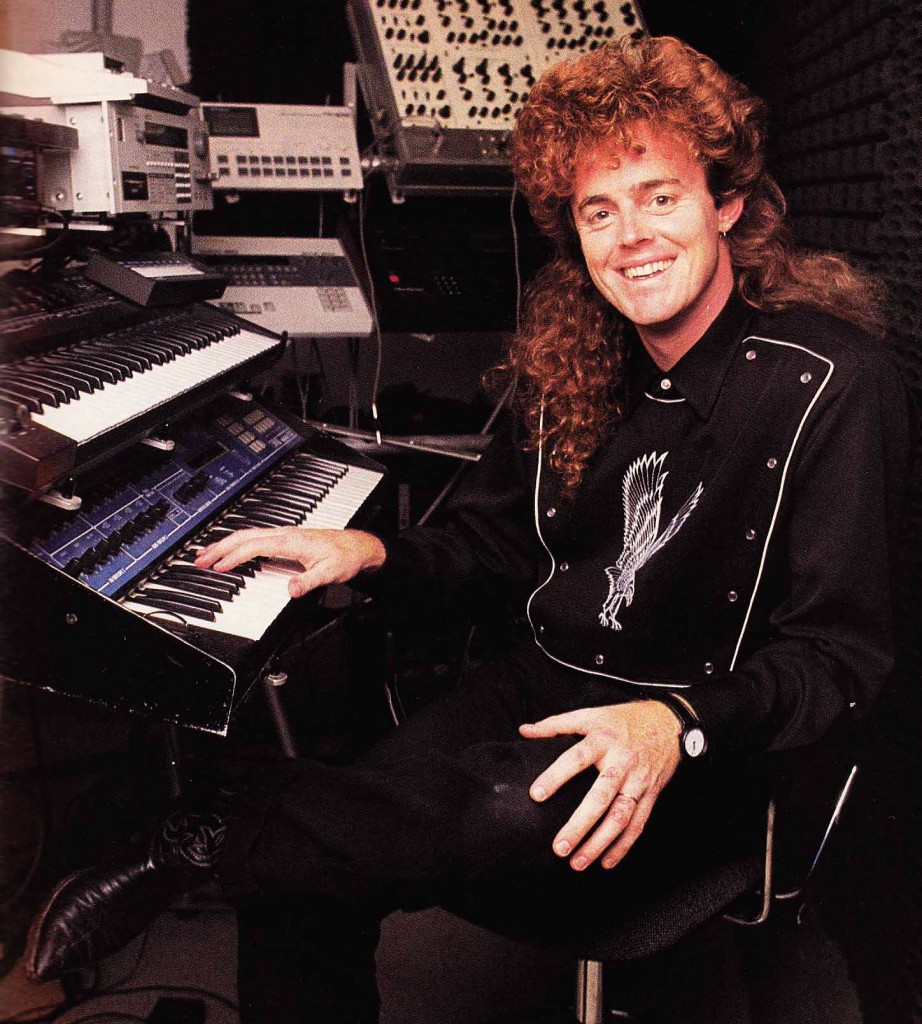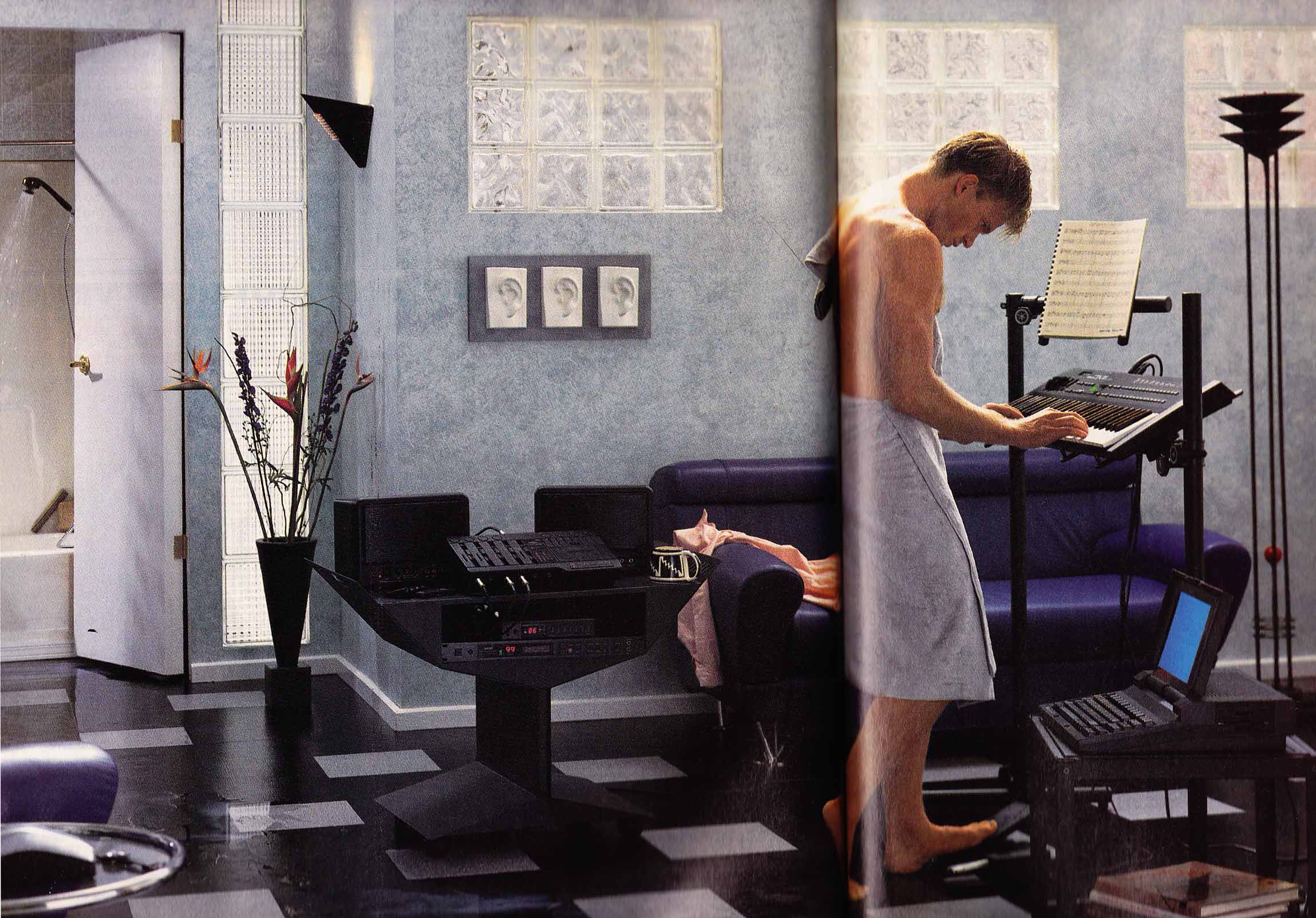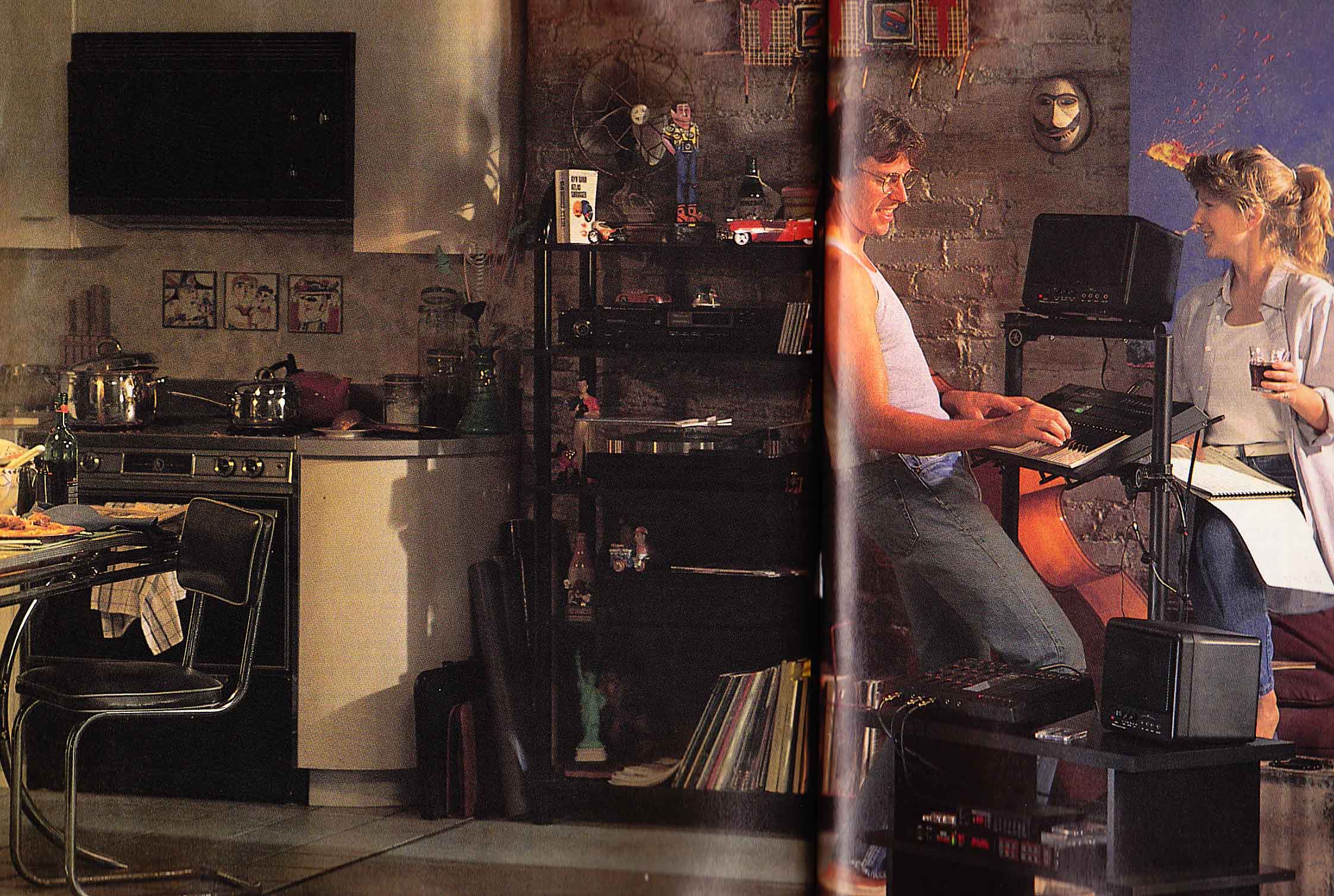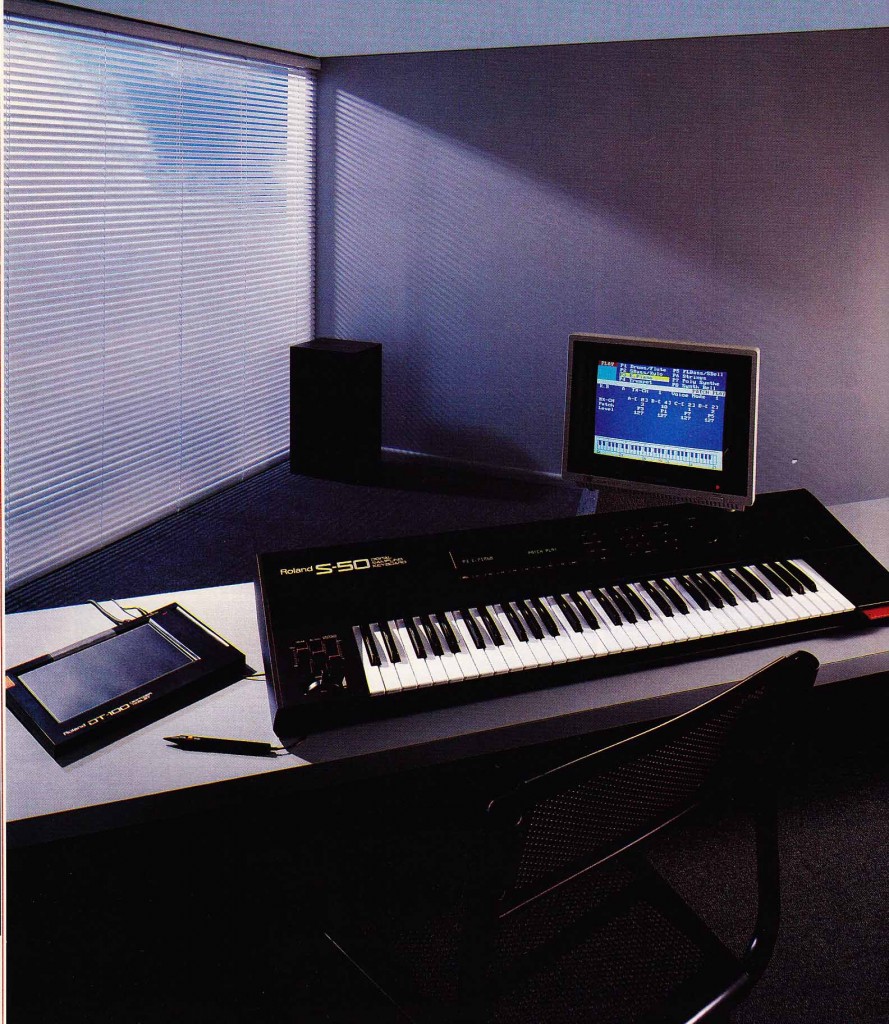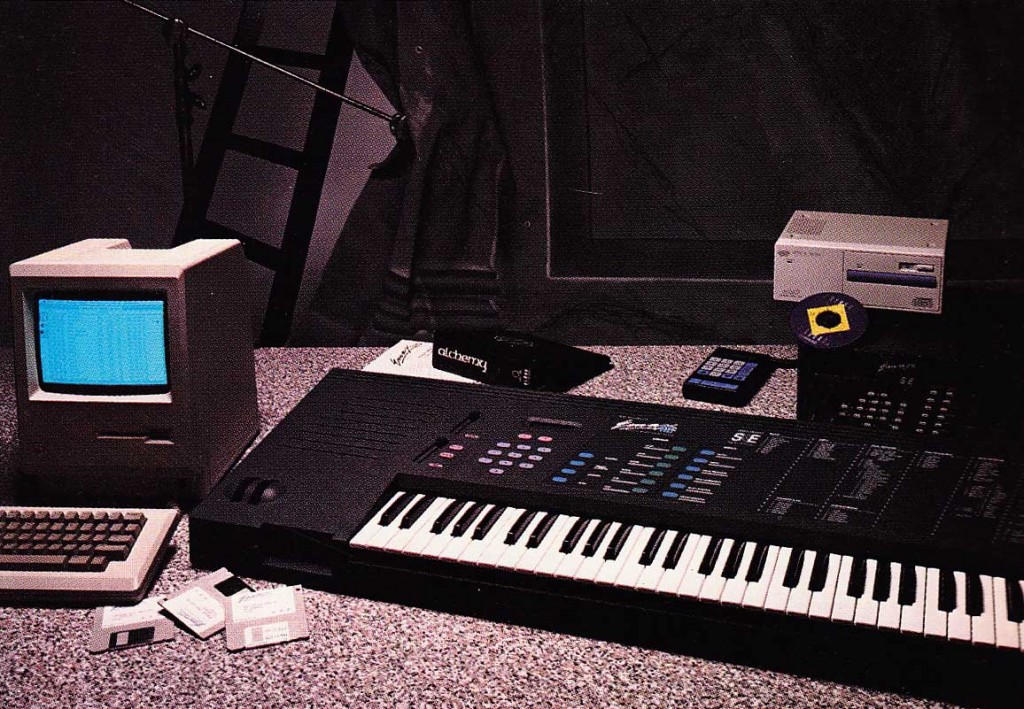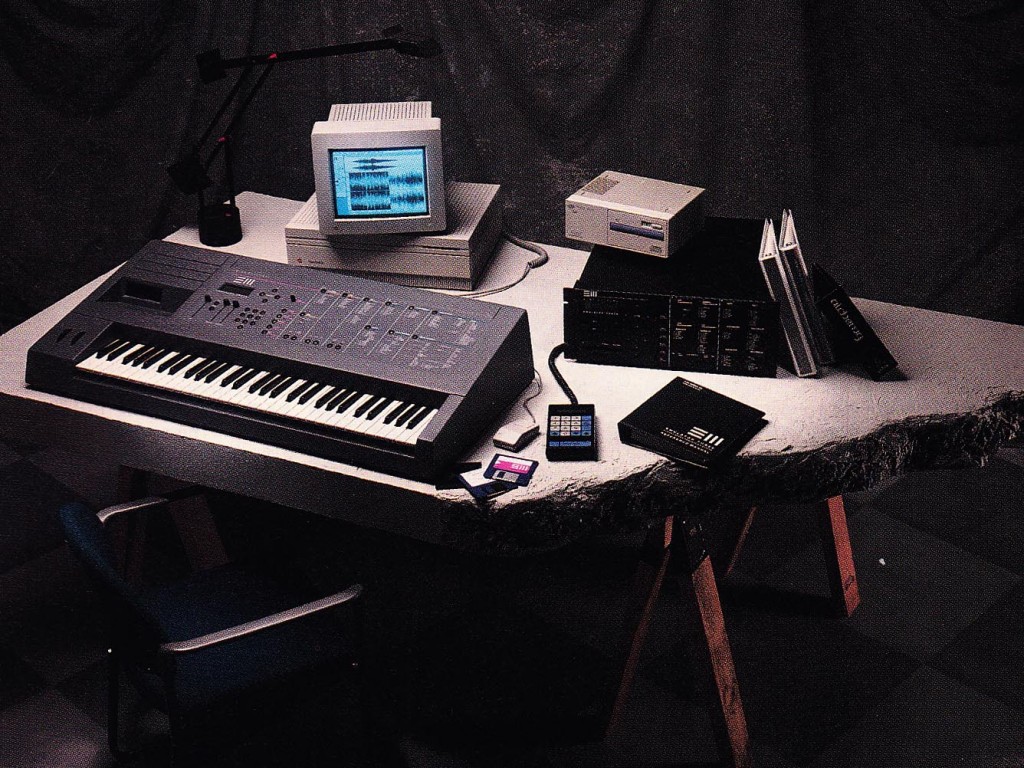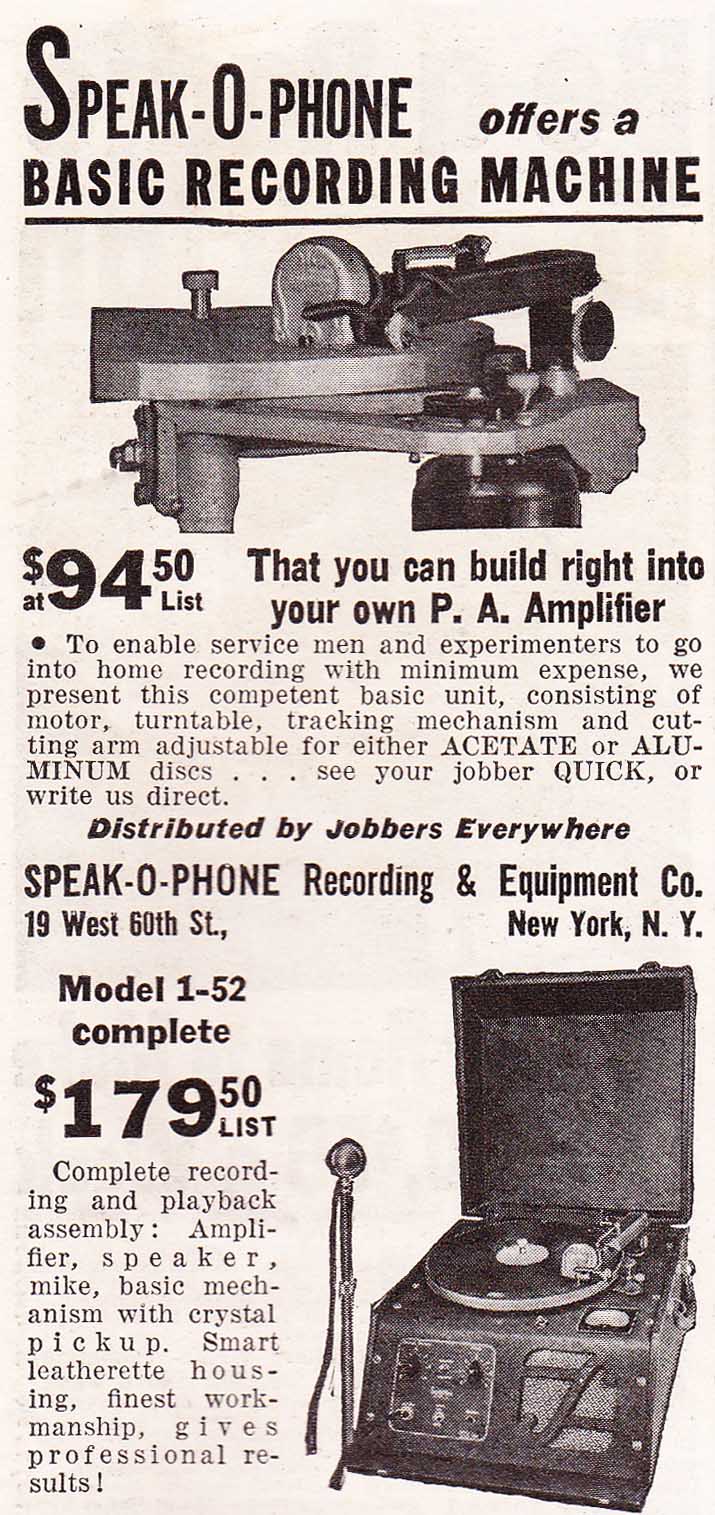 Records on Acetate or Aluminum discs! Click here for more info on this early recording service/hardware manufacturer.
Records on Acetate or Aluminum discs! Click here for more info on this early recording service/hardware manufacturer.
1943: A Dictionary of Radio Terms
1940: Radioman Romance
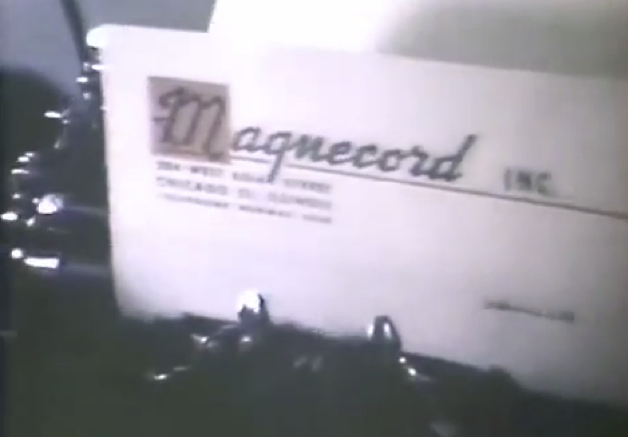 Thanks to H. Layer: A never-before-available Magnecord, INC factory-film circ 1955 (???) is now available on YouTube. These are the people that built the machines that powered broadcast tape-recording on the 1950s.
Thanks to H. Layer: A never-before-available Magnecord, INC factory-film circ 1955 (???) is now available on YouTube. These are the people that built the machines that powered broadcast tape-recording on the 1950s.
Click here to see the video on YouTube
Loads more Magnecord INC history and related information on PS dot com… just click here!
Beyond Four Tracks
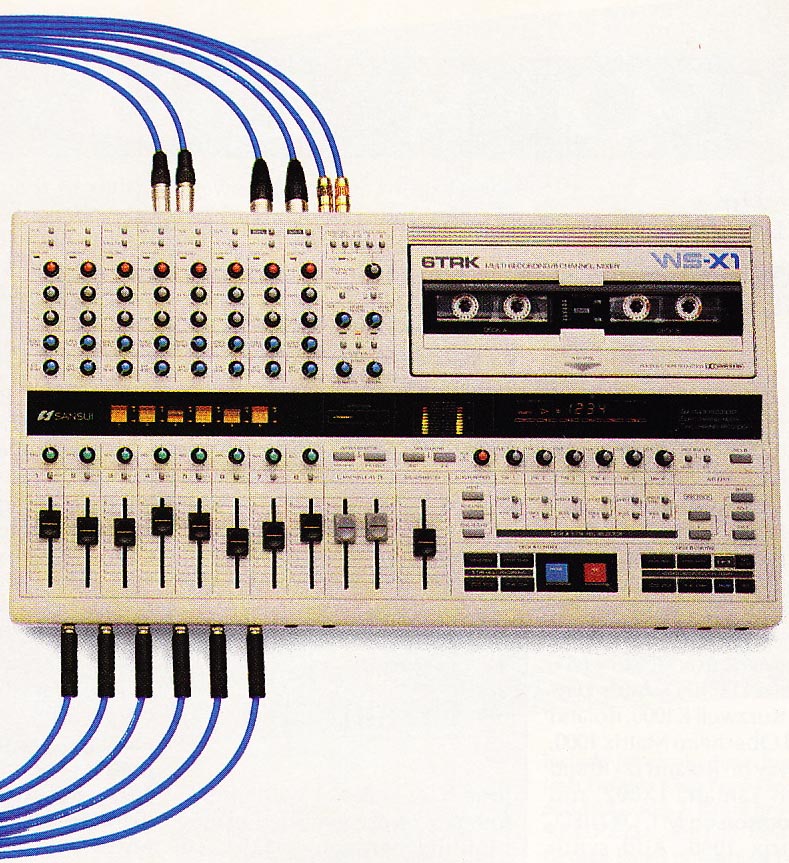 Sansui six-track cassette format c. 1989
Sansui six-track cassette format c. 1989
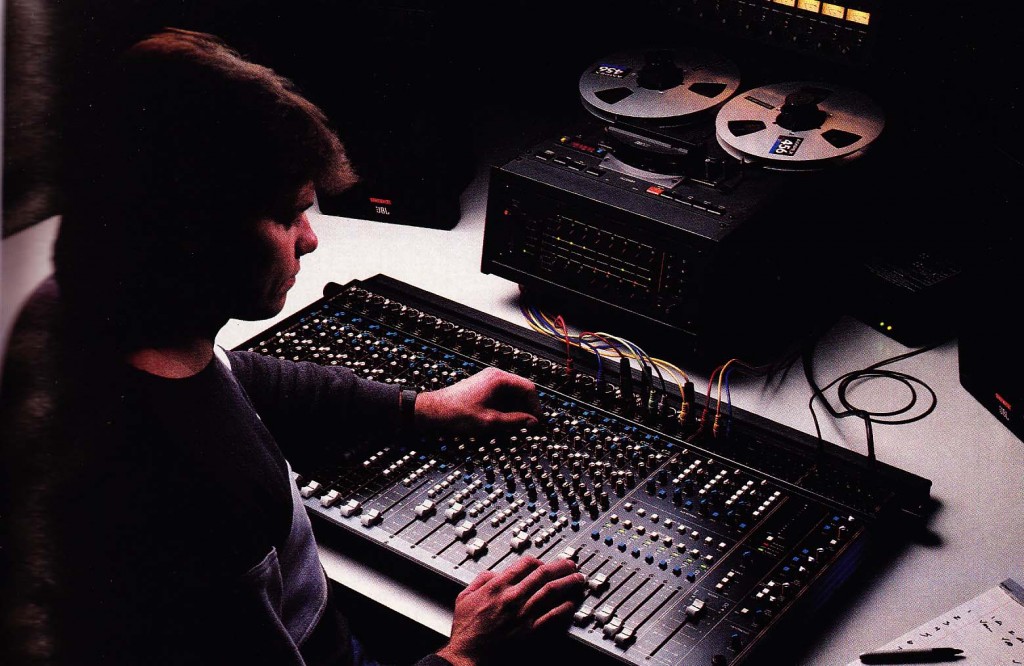 Otari Compact 8-track 1/2″ format c. 1989. Also, SECK mixer.
Otari Compact 8-track 1/2″ format c. 1989. Also, SECK mixer.
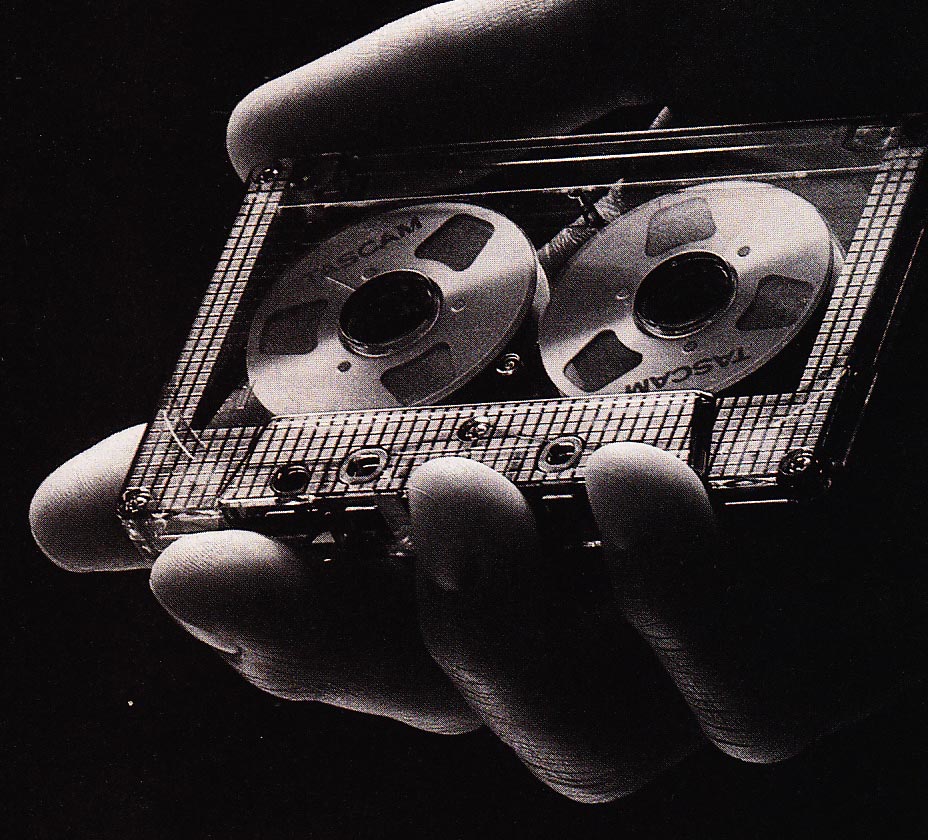 …and you better bet TASCAM made one too.
…and you better bet TASCAM made one too.
Above: some short-lived “more-than-four” home-recording formats that were available between the 4-track cassette and ADAT eras. It’s kind hard to imagine how significant an issue ‘track count’ (IE., the number of available tracks of a particular multi-track recording machine) was just a short while ago. It’s not unusual at all these days for me to make a production for an artist that has 80 or even 100 tracks. And I am not talking about some crazy orchestral or prog-rock epic; I am talking about just a well-produced indie pop song. Modern music means layering. Lots of it. When I, and many other folks started doing this, we dreamed of someday having more than 8 tracks to work with. Well, as it turns out, ‘more’ didn’t mean 16, 24, or even 48: it meant infinite. “Be careful what you wish for…”
What will be the next technological barrier to fall in the world of audio production?
I wouldn’t mind seeing all those goddamn wires go away, for one…
Any other ideas?
1967
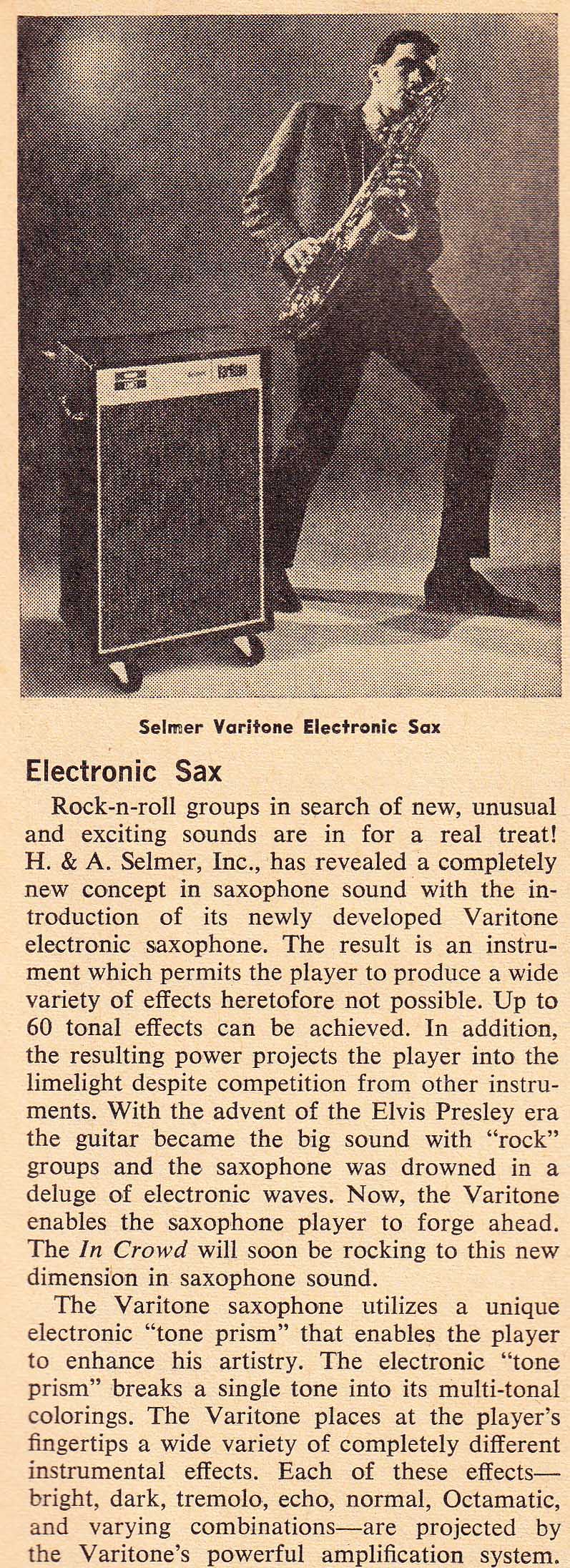 The Selmer Varitone Saxophone amplification system circa 1967. Click here for previous coverage on PS dot com. I once bought a few of the lil cigarette-pack-sized belt-mount preamp units; they make the most fantastic fuzz sounds when used with gtr or bass. Long gone to the eBay wilds…
The Selmer Varitone Saxophone amplification system circa 1967. Click here for previous coverage on PS dot com. I once bought a few of the lil cigarette-pack-sized belt-mount preamp units; they make the most fantastic fuzz sounds when used with gtr or bass. Long gone to the eBay wilds…
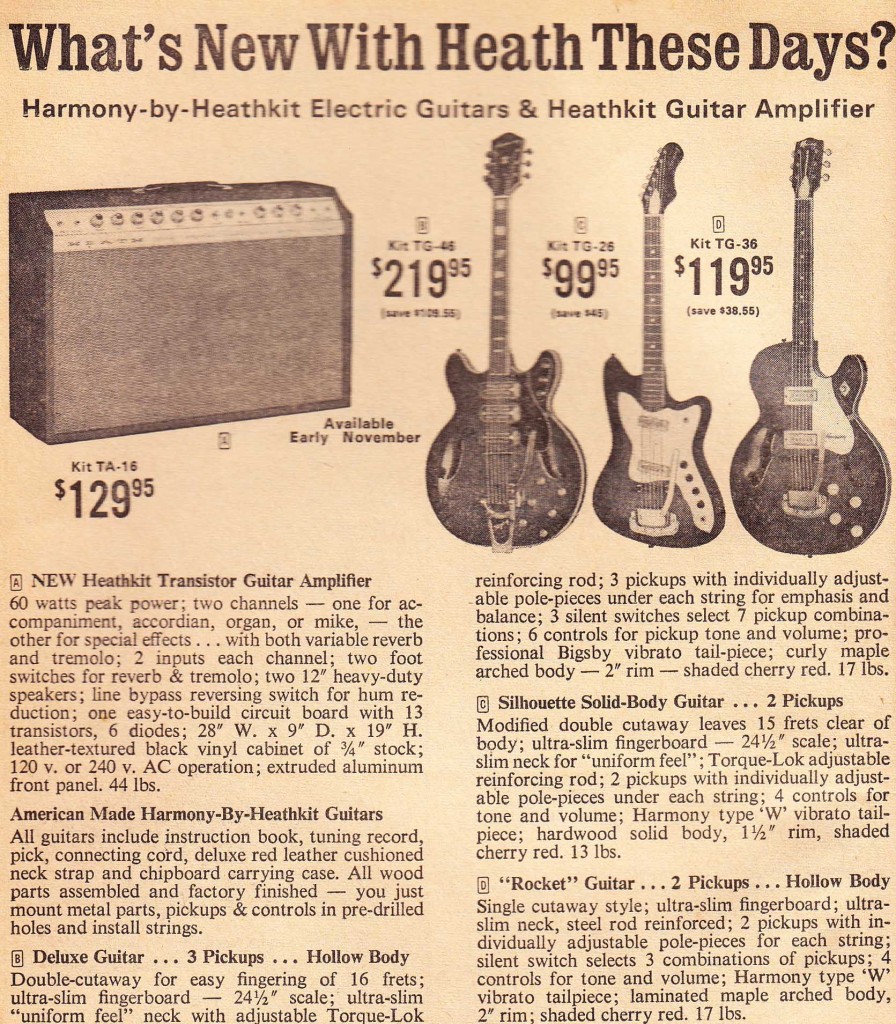 Heathkit rock-band hardware circa 1967, including Heath-distributed Rocket, Silhouette, and ‘Deluxe’ Harmony guitars. Also on offer: Heathkit TA-16 solid-state guitar amp. Click here and here for more Heathkit coverage on PS dot com.
Heathkit rock-band hardware circa 1967, including Heath-distributed Rocket, Silhouette, and ‘Deluxe’ Harmony guitars. Also on offer: Heathkit TA-16 solid-state guitar amp. Click here and here for more Heathkit coverage on PS dot com.
